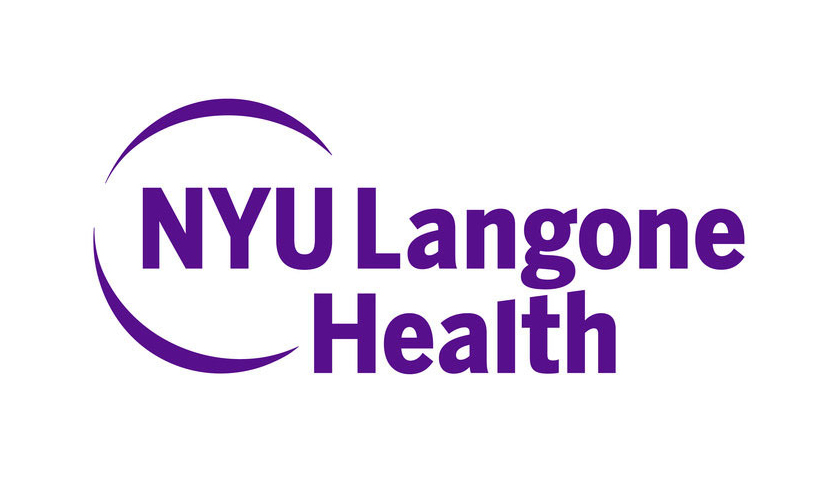The Consortium of Universities for Global Health (CUGH), the Perlmutter Cancer Center, and the Department of Population Health at NYU Langone Health are issuing the “New York Challenge,” an ambitious campaign to end cervical cancer worldwide. They are challenging all nations to achieve a 70 percent human papillomavirus (HPV) vaccination rate for all girls by the year 2030. Cervical cancer is a global scourge, killing over a quarter of a million women each year, or one every two minutes. Ninety percent of these women live in low and middle-income countries.
The New York Challenge was issued in Manhattan on March 15, 2018 in conjunction with the 6th Annual Symposium on Global Cancer Research, an annual gathering on global oncology focusing on health disparities. CUGH, the National Cancer Institute’s Center for Global Health, and the Perlmutter Cancer Center are the primary sponsors for this conference.
“Preventing HPV infection is not only a moral imperative, it is also a prudent investment,” said Ophira Ginsburg, MD, director of the High-Risk Cancer Genetics Program at the Perlmutter Cancer Center, and Associate Professor in Population Health. “Vaccinating will save millions of women’s lives, prevent children from becoming orphans, strengthen economies, thus providing excellent value for public health dollars. The New York Challenge – achieving a vaccination rate of at least 70 percent by 2030 – should be affordable and achievable.”
Vaccinating girls against HPV has been declared a cost-effective measure by the World Health Organization. Research published in 2017 estimated that the total cost of vaccinating 160 million girls (with two doses apiece) and screening and treating 170 million women would be $3.2 billion. The return on this investment would be averting 5.2 million cases of cervical cancer, 3.7 million deaths, and 22 million individual years lost to disability.
The CUGH and the Perlmutter Cancer Center have outlined six key steps to achieving the New York Challenge:
- If you are a parent or guardian, ensure your daughters are vaccinated for HPV.
- If affordable, ensure your sons are also vaccinated for HPV. Vaccination of both boys and girls will help communities achieve “herd immunity” faster and will also prevent future cases of other HPV-related cancers, such as cancer of the oropharynx.
- If you are an adult woman, ensure you take proper care of your health, including cervical cancer screening.
- Demand that governments worldwide make cervical cancer prevention, which includes HPV vaccination and screening/treatment, affordable and accessible to all girls and women.
- Demand that companies providing HPV vaccines and cervical screening (HPV) tests reduce prices to make these essential, lifesaving interventions affordable in all countries.
- Demand more funding for research and innovation to bring cost-effective technologies to scale especially in countries where the need is greatest.
“The real tragedy is that the tools to prevent virtually all cervical cancer deaths already exist,” said Keith Martin, MD, PC, Executive Director of the Consortium of Universities for Global Health. “HPV vaccines prevent cervical cancer deaths, but the vaccines are simply not accessible to much of the world’s population. Governments and private industry worldwide must take up the cause of fighting cervical cancer, making screening, treatment, and vaccinations available to all, regardless of socioeconomic status or nation of origin.”
Cervical cancer, the fourth most common cancer in women worldwide, is caused by HPV. An effective vaccine exists for HPV, but many women lack access to it. By 2016, in the ten years since the introduction of HPV vaccines, a total of 47 million women received HPV vaccination, but less than three percent of them were in low-income nations. Equally important, the adult female populations in these countries remain largely unscreened – and therefore untreated – for cervical cancer.
*This campaign is aligned with WHO guidance and is especially relevant for the public health system in lower resource settings. Specific recommended strategies for immunization of girls and boys should be per national guidelines. For WHO and U.S. national guidance, please see:
- https://www.cancer.gov/about-cancer/causes-prevention/risk/infectious-agents/hpv-vaccine-fact-sheet
- https://www.cdc.gov/hpv/index.html
- http://www.who.int/immunization/diseases/hpv/en/
Links
https://nyulangone.org/locations/perlmutter-cancer-center
https://www.cancer.gov/about-nci/organization/cgh/events#upcoming
http://www.who.int/ncds/management/WHO_Appendix_BestBuys_LS.pdf



